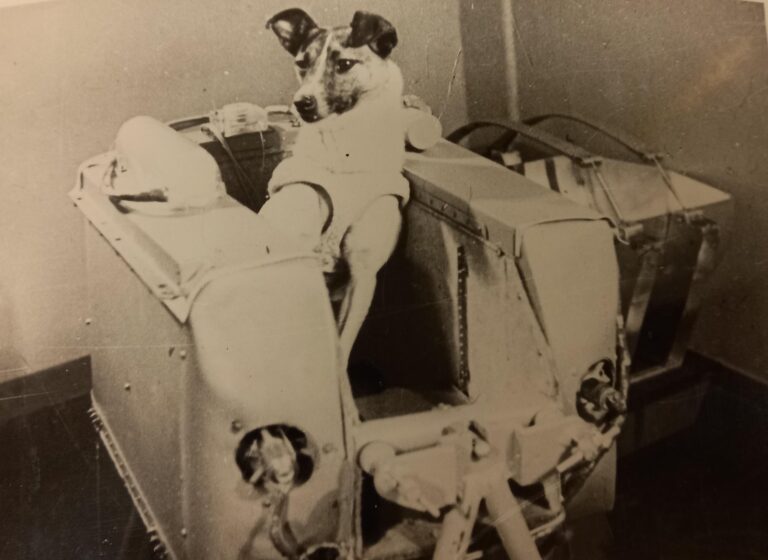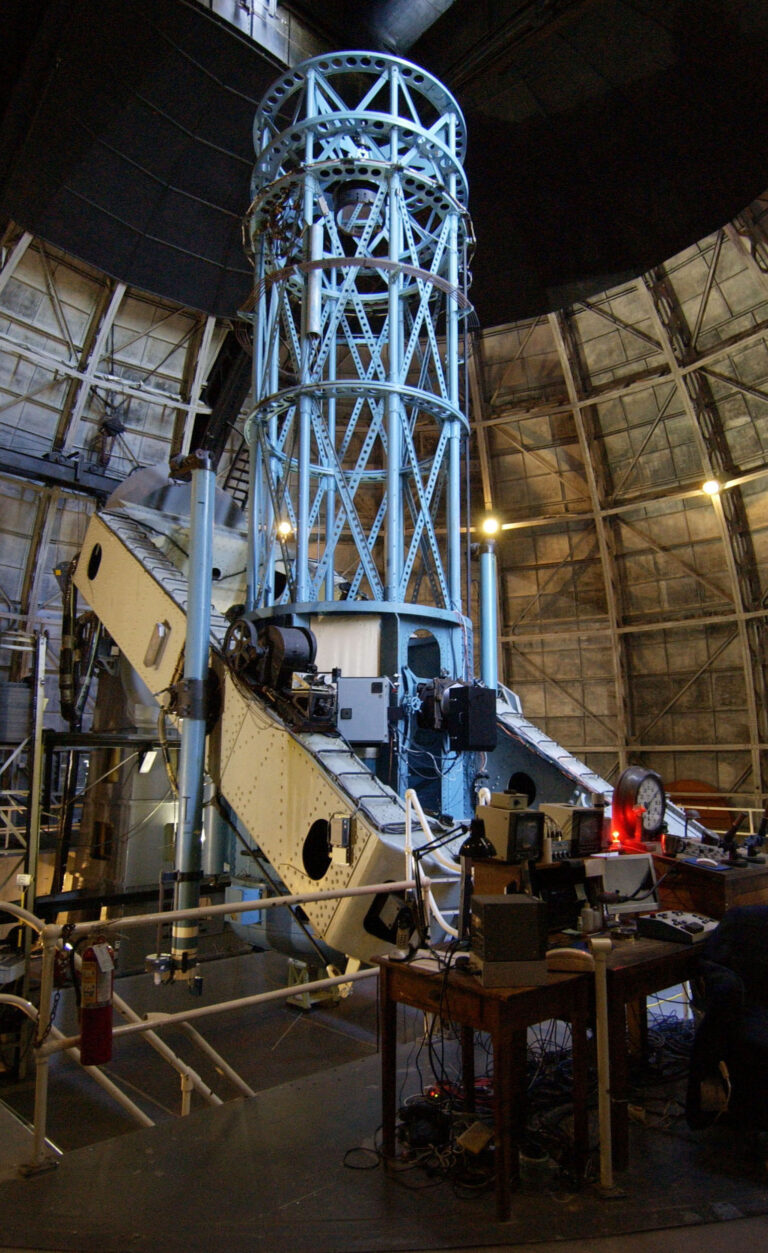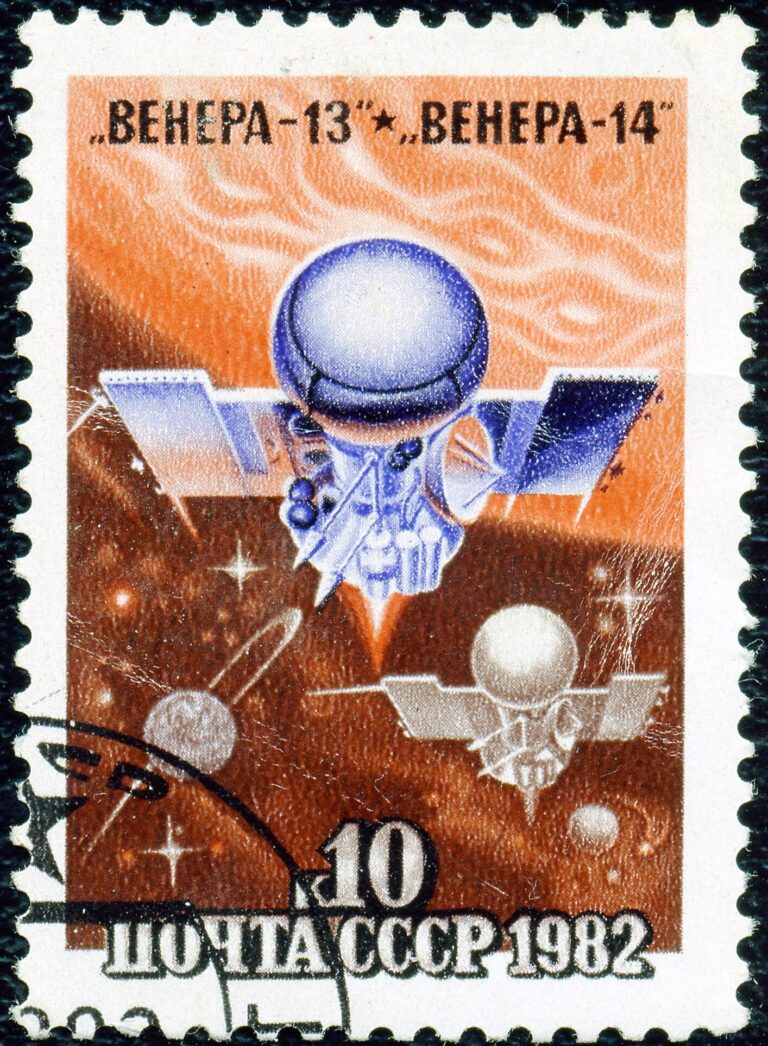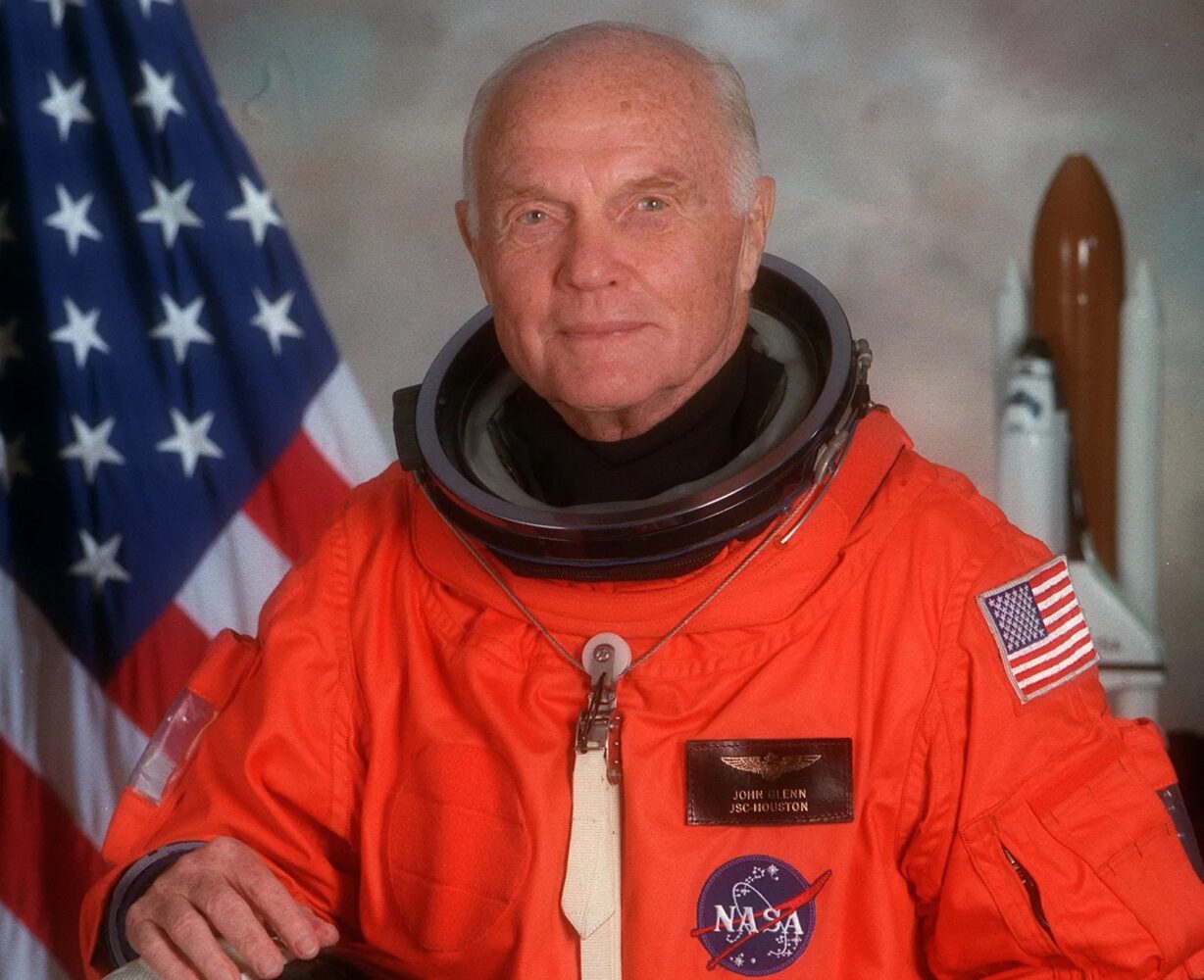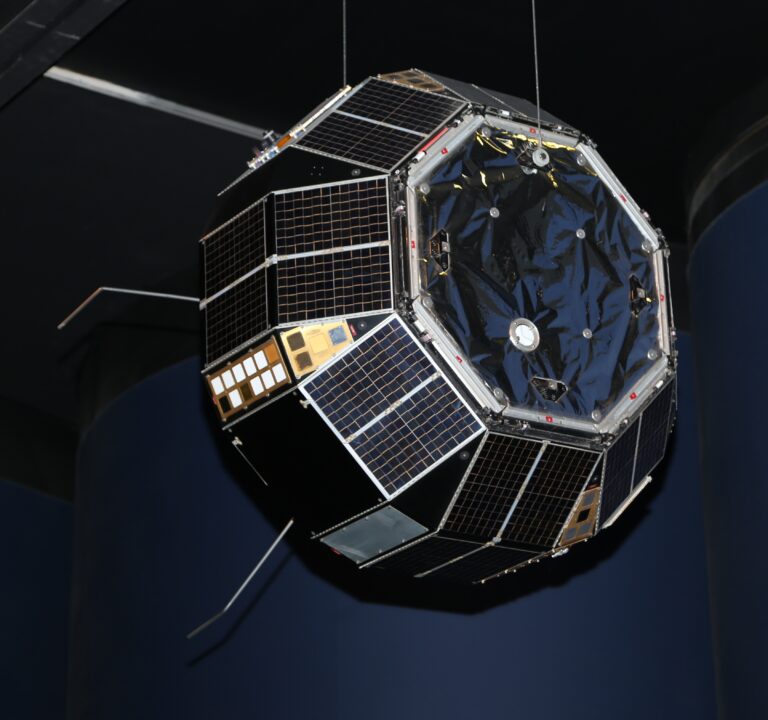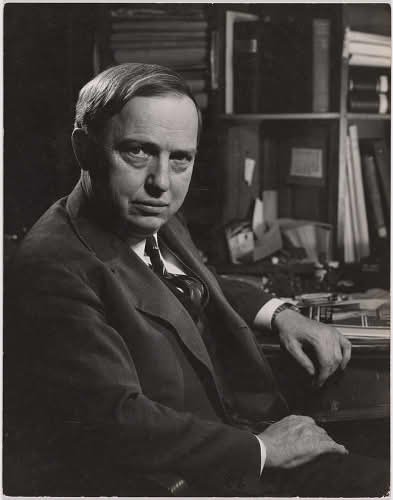
Key Takeaways:
- Harlow Shapley earned a Ph.D. from Princeton University in 1913, subsequently conducting research on globular clusters and Cepheid variables at Mount Wilson Observatory from 1914 to 1921.
- From 1921 to 1952, Shapley directed the Harvard College Observatory, where he played a key role in establishing the university’s graduate astronomy program.
- He is widely known for his participation in the 1920 “Great Debate” with Heber Curtis regarding the universe's scale, though his position on “spiral nebulae” being gas clouds within the Milky Way was later disproven.
- Despite his incorrect view on spiral nebulae, Shapley's propositions about the Milky Way’s significantly larger size, its overall shape, and the solar system's location within it were largely accurate.
Born Nov. 2, 1885, In Missouri, Harlow Shapley earned a Ph.D. from Princeton University in 1913. From 1914 to 1921, he was posted at Mount Wilson Observatory, where he used the 60-inch telescope to study globular clusters and Cepheid variables. From 1921 to 1952, Shapley was the director of the Harvard College Observatory, helping establish the university’s graduate program in astronomy.
Shapley is perhaps best known for his participation in the 1920 “Great Debate” with Heber Curtis about the size of the universe. Although Shapley’s position that “spiral nebulae” (now know to be other galaxies) were gas clouds within the Milky Way was later disproven by Edwin Hubble, the Great Debate was significant for formalizing and weighing the conflicting ideas in early-20th-century astronomy. Additionally, Shapley’s ideas about the size of the Milky Way (far larger than previously estimated), its shape, and the location of our solar system within it were correct — or at least on the right track.




